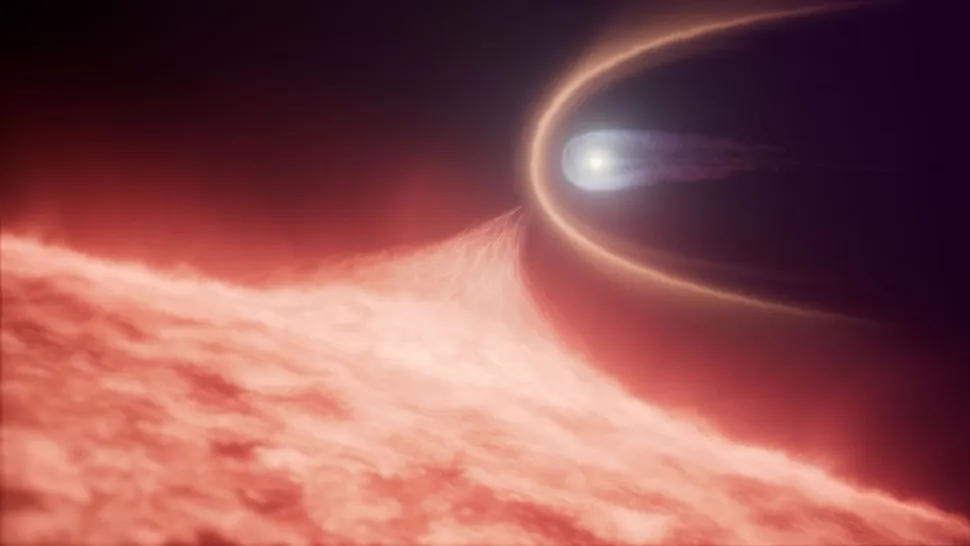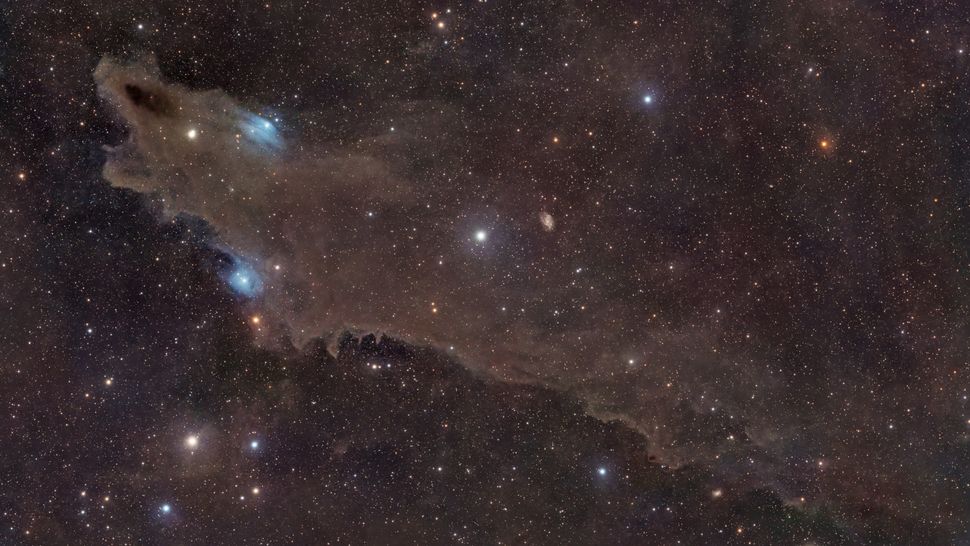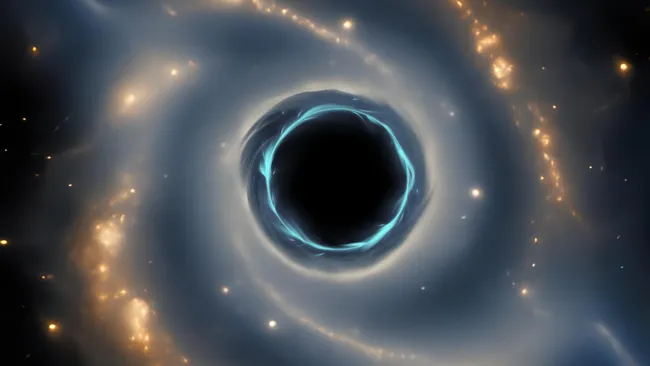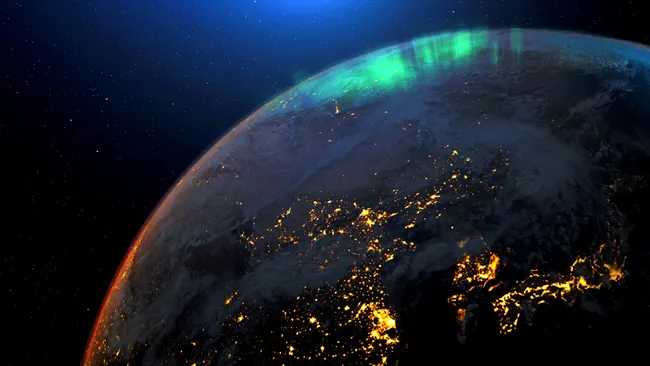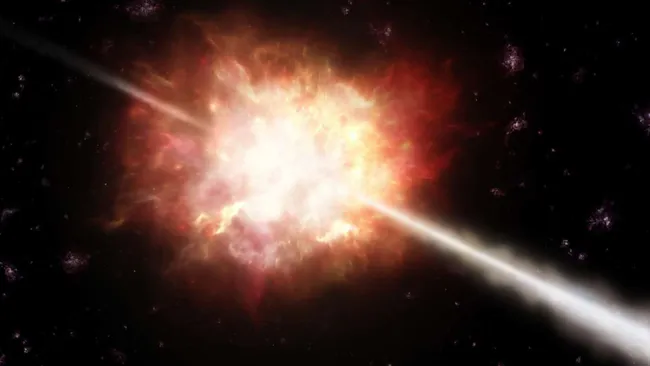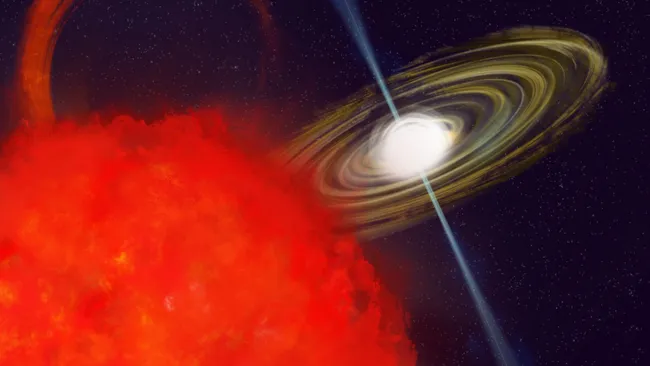Astronomers using the Hubble Space Telescope have uncovered that a seemingly ordinary white dwarf is actually the result of a rare stellar merger.
The finding, detailed in a new study led by Snehalata Sahu and Boris Gaensicke of the University of Warwick, suggests that many “normal-looking” white dwarfs across the universe could share similar violent origins.
“It’s a discovery that underlines things may be different from what they appear at first glance,” Gaensicke, professor of physics and principal investigator of the Hubble program, explained in a statement. “Until now, this appeared as a normal white dwarf, but Hubble’s ultraviolet vision revealed that it had a very different history from what we would have guessed.”
The star, WD 0525+526, lies about 128 light-years away. While it appeared standard under visible light, Hubble’s ultraviolet instruments revealed clear signs of a turbulent past.
White dwarfs are dense stellar remnants left after stars like our sun exhaust their fuel. They usually form through the predictable evolution of a single star, a fate expected for our sun in roughly five billion years.
However, WD 0525+526 followed a very different path. Instead of forming from one dying star, it emerged from the violent collision and merger of two stars. This past left distinctive fingerprints in its atmospheric composition.
Hubble detected unusually high amounts of carbon in the star’s atmosphere — a signature of a merger. Typically, white dwarfs retain outer layers of hydrogen and helium that hide their carbon-rich cores. But stellar collisions can strip these layers away, allowing carbon to surface. Such features are invisible in regular light but stand out in ultraviolet, where Hubble excels.
WD 0525+526 is especially remarkable among known merger remnants. It has a surface temperature of 21,000 Kelvin (about 37,000°F) and a mass 1.2 times that of the sun — hotter and more massive than most in this rare group.
Because it appeared completely normal in visible light, astronomers now suspect many other white dwarfs could be concealing explosive origins.
“We would like to extend our research by exploring how common carbon white dwarfs are, and how many stellar mergers are hiding among the normal white dwarf family,” said Antoine Bedrad, co-leader of the study at the University of Warwick.
“That will be an important contribution to our understanding of white dwarf binaries, and the pathways to supernova explosions.”

